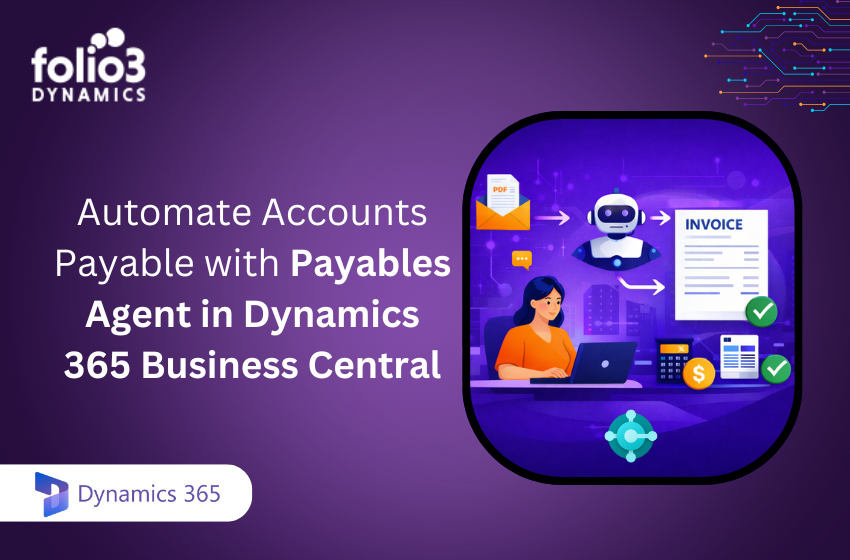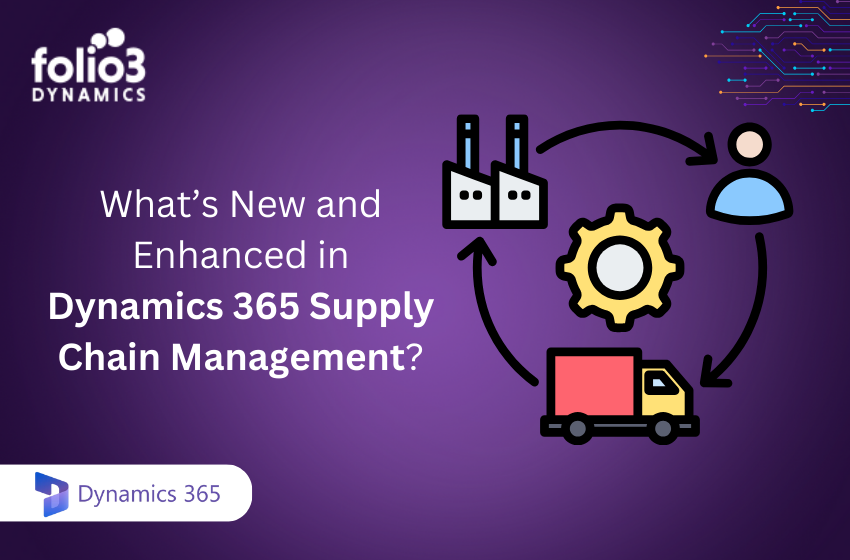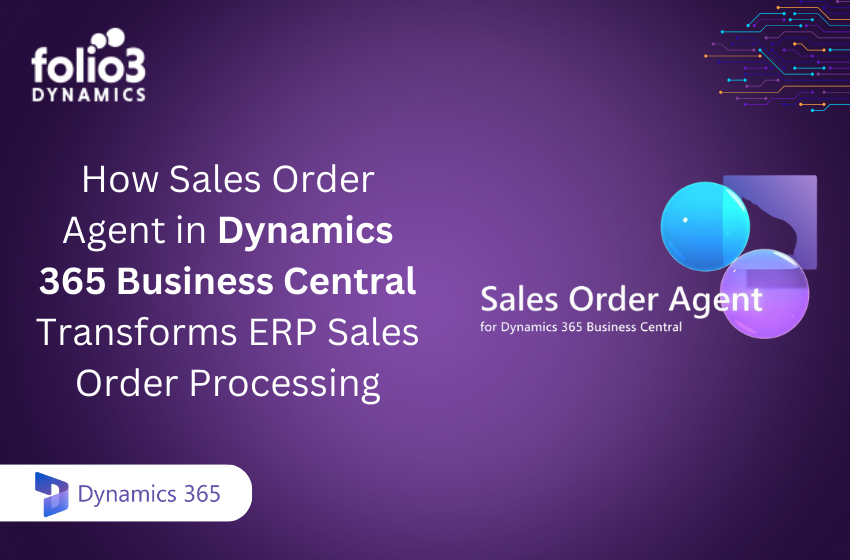In order to be not just competitive but also successful, businesses have to keep up and adopt new technologies. Migrating on-premises data to Business Central is not just an option; it’s now a compulsion for thriving in the dynamic market.
This in-depth article will guide you through the importance, process, and best practices for migrating your on-premises data to Business Central, guaranteeing a smooth transition and maximizing the benefits of this strong cloud-based solution.
As you migrate on-premises data to Business Central, you can access new potentials for your business, boosting its overall efficiency and scalability.
Understanding the Need for Migration of On-Premises Data to Business Central
First, we need to understand the significance of migrating On-Premise data to Business Central. So, let’s explore the reasons that motivate us to take this step.
Challenges With On-Premises Systems
The conventionally used on-premises systems pose challenges that can hinder business growth. These systems need extensive maintenance, have high costs, and are not scalable as your business grows. In addition, they often have data silos issues, making it hard to access and analyze data efficiently.
Migrating on-premises data to Business Central can overcome these problems by providing a comprehensive, scalable, cost-effective solution. By shifting to BC cloud, you can cut down IT costs and enhance data accessibility.
Advantages of Business Central
Business Central has many multiple advantages as compared to the traditional on-premises systems. Business Central is a cloud-based solution that facilitates the constant availability of your data, moreover, it ensures that the data is secure and up-to-date.
Business Central also gives you an edge when it comes to automatic updates, efficient data analytics, and easy integration with other Microsoft applications. Moving to Business central is a long term initiative for organizations aiming to revamp their IT infrastructure and boost operational efficiency. Moreover, the flexibility to access your data from anywhere, at any time, is a must in today’s global business environment.
Business Central’s scalability allows it to grow with your business, eliminating the need for costly hardware upgrades. Moreover, its strong security features protect your data against threats, enabling you to focus on your core business activities, rather than getting caught up in data security issues.
The enhanced data analytics capabilities empower you to make better decisions by providing real-time insights, which are fundamental for remaining competitive.
Pre-Migration Considerations
There are certain factors that must be considered before initiating the migration process.
Assessing Current Systems
Before you migrate on-premises data to Business Central, it’s a wise move to conduct a detailed assessment of your existing systems. To determine what needs to be moved involves creating an inventory of the current systems and data.
The complexity of the migration process is decreased by ensuring that only the necessary data is sent by identifying the critical data for migration. The evaluation of the present infrastructure leads to a more successful migration strategy.
A detailed inventory check helps spot data redundancy and inconsistencies, which can be resolved during the migration process. Stakeholders from various departments must be involved to gain a deeper understanding of the data and ensure that all important data is included. This collaborative approach leads to a smoother migration and reduces the risk of overlooking critical data.
Data Quality and Preparation
Data quality is a primary concern in any migration process. Thus, the first step towards migration must be completed by cleansing and validating your data to ensure its accuracy and completeness. Archiving unimportant data can help simplify the migration process and enhance overall data quality. Preparing your data sets a solid base for a successful business central migration. It also minimizes the chances of problems arising during the migration process.
Finding and fixing errors in data, such as duplicate entries, outdated information, and incomplete records, is known as data cleaning. This is an important process since it guarantees the accuracy and dependability of the data being transferred, which improves the new system’s overall efficiency.
On the other side, data validation makes sure that the information complies with the necessary standards and formats, which is necessary for a smooth integration with Business Central.
Migration Goals and Strategy
Setting clear migration targets is the base for a successful transition. Define key performance indicators (KPIs) to measure the success of the migration. Selecting the right migration strategy, whether a big bang, phased, or hybrid will depend on your organization’s unique needs and resources.
A well-defined strategy ensures that the migration process is smooth and matches your business objectives. This planning is also important to reduce risks associated with the migration process.
The big bang approach consists of migrating all data simultaneously, which can be quicker but may be highly risky. On the other hand, the phased approach involves migrating data in stages, it reduces risks but takes longer. The hybrid approach combines elements of both balancing speed and risk. Your choice will depend on factors such as the data volume, the systems’ complexity, and the available resources.
Migration Process of On-Premises Data to Business Central
Let’s have a deeper look at the process of Migrating On-Premise Data to Business Central.
1. Planning and Strategy
Every successful data migration begins with a well-thought-out plan. To monitor progress, create a timeline and set milestones. To ensure that everyone is aware of their position in the relocation process, clearly define roles and responsibilities.
By following a structured approach, you may reduce risks and guarantee a smooth transition when moving to Business Central online. With careful planning and implementation, you will be able to reduce downtime and business operations disruptions.
It is always beneficial to involve key stakeholders from the beginning to ensure that all areas of the migration are covered. Regular reviews of the progress and updates can help identify and resolve any issues promptly, ensuring that the project complies with the deadlines. Good and clear communication is vital to a successful migration, keeping everyone informed about the project goals.
2. Data Mapping and Transformation
Mapping on-premises data to the Business Central structure is a critical step. This involves transforming your data to fit with the new system. Data mapping makes sure that your current data correctly matches with the Business Central schema, facilitating accurate data migration and minimizing errors. Proper data mapping is vital to maintain data integrity.
Data transformation consists of converting data formats, re-structuring datasets, and enriching data to ensure compatibility with Business Central. This step is mandatory for ensuring that the migrated data is usable and that the new system works as intended. Using tools and techniques like ETL (Extract, Transform, and Load) processes can simplify data transformation and enrich data quality.
3. Tools and Technologies
Employing the best technology and tools is important for a successful migration. The Microsoft Data Migration Framework is a strong tool that simplifies transferring data from on-premises to Business Central. To provide a thorough and customized migration solution, additional third-party tools and custom scripts can be used to handle particular migration demands. These technologies facilitate the automation and simplification of difficult tasks related to the migration process.
The Microsoft Data Migration Framework provides templates and guidelines for common migration scenarios, reducing the time and effort required for the migration. Third-party tools and custom scripts can handle the unique migration requirements, providing flexibility and personalization. Integrating these tools ensures an all-encompassing migration strategy that fulfills your organization’s special needs.
Post-Migration Activities
After the migration process, certain tasks need to be carried out to gain its maximum benefits.
1. System Integration
Post-migration, it’s important to integrate Business Central with other systems such as CRM, ERP, and any other business applications. This merger of software ensures smooth data flow and enhances the overall functionality of your IT system, enabling you to fully benefit from Business Central’s features.
This integration can be done by connecting Business Central with other applications through APIs, middleware, or custom connectors. This facilitates real-time data sharing and synchronization, increasing operational efficiency and supporting intelligent decision-making. Periodic monitoring and maintenance of these systems ensure that they function correctly and that any issues are addressed.
2. User Training and Adoption
Providing adequate staff training and acquainting your staff with the new system is critical for successful adoption. Employing change management strategies can help ease the transition to the new system and ensure your team is comfortable using Business Central. Constant support and training will lead to a smooth user experience and maximize the benefits of the migration.
Devise a complete training program that covers all aspects of Business Central, including its features, functionalities, and best practices. Inculcate various training methods, such as workshops, webinars, and online courses, to fulfil different learning preferences. Constant support, such as help desks and user forums, can provide additional assistance and ensure that users are proficient in using the new system.
3. Performance Monitoring and Optimization
System performance must be continuously monitored after the business central migration. It is important to evaluate and improve your system regularly to ensure it continues to fulfill your business needs. Continuous support and performance enhancement help quickly resolve any problems, maintaining the value of your business central migration. Keeping an eye on system performance makes it easier to spot and fix potential bottlenecks and inefficiencies before they become major hurdles.
You may use performance monitoring tools to track important indicators like error rates, transaction volumes, and system response times. Regular performance assessment can help boost system performance and identify problem areas. Optimizing queries and indexing databases are two examples of best practices for performance refinement that can be employed to improve system speed and user experience.
Conclusion
Migrating on-premises data to Business Central is a long-term move that can immensely improve your business operations. By understanding the dire need for migrating to Business Central online, preparing methodically, and adopting a meticulous migration process, you can guarantee a smooth shift and fully benefit from Business Central migration. For further information on how to successfully migrate your data and integrate Business Central into your operations, visit Folio3 Dynamics.
Migrating to Business Central not merely opens the door to modernization of your IT base but also prepares your business for future growth. The flexibility, scalability, and strong features of Business Central make it an excellent choice for organizations seeking to enhance their operational efficiency and staying competitive in today’s intense business environment. Whether you choose a big bang, phased, or hybrid migration approach, careful planning and execution are key to a successful migration.
Embrace the immense benefits of cloud technology and migrate to Business Central online to open the doors to new opportunities for your business. With the right strategy, tools, and support, you can overcome the hurdles of data migration and enjoy a smooth and successful transition.


